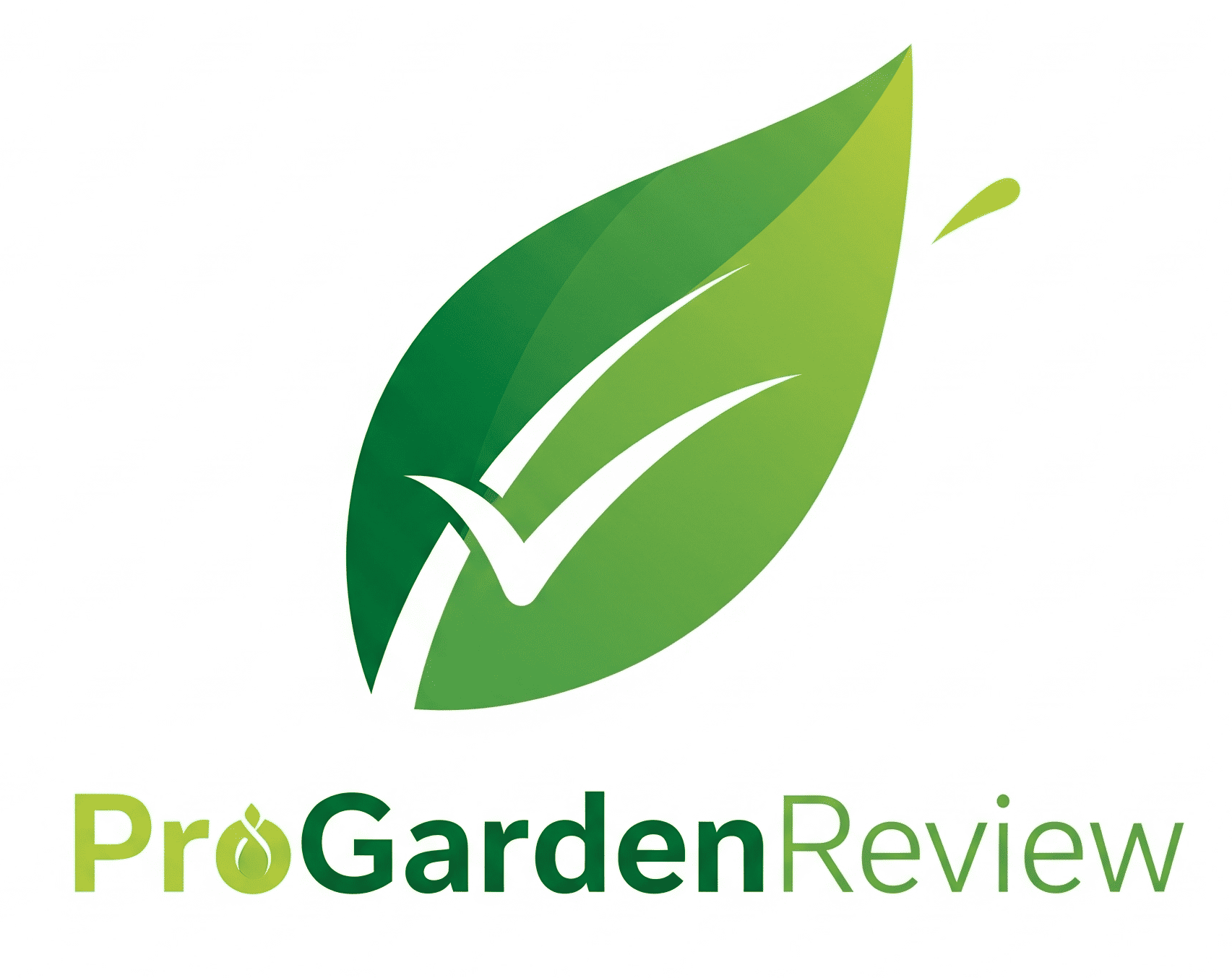Comparison: Best Kellogg All Natural Planting Mix (Updated | Dec 26th)
Known for their commitment to quality and sustainability, their all-natural blend promises healthy soil and thriving plants—but how does it really stack up? In this honest comparison, we’ll dig into what makes Kellogg’s stand out, how it performs against top competitors, and whether it’s truly the best choice for your garden. Spoiler: your tomatoes might just thank you.
- Best for all-natural soil: Kellogg Supply 273603 2 cu. ft. All Natural Raised Bed & Potting Mix
Product Comparison: Best Kellogg All Natural Planting Mix
Kellogg Supply 273603 2 cu. ft. All Natural Raised Bed & Potting Mix

Product prices and availability are accurate as of the date/time indicated and are subject to change. Any price and availability information displayed on Amazon.com at the time of purchase will apply to the purchase of this product.
Buying Guide
FAQs
What are the key characteristics of Kellogg’s All Natural Raised Bed & Potting Mix?
The mix is a 2 cu ft blend formulated specifically for raised beds and containers, offering a balanced blend of peat, composted bark, and perlite for optimal drainage and moisture retention. It is certified all‑natural, meaning it contains no synthetic fertilizers, pesticides, or weed‑killers. The texture is loamy and light, making it easy to work with and suitable for a wide range of vegetables, herbs, and flowers.
How does this Kellogg mix compare to standard garden soil?
Standard garden soil often contains a higher proportion of sand, clay, or compacted material, which can impede root growth and water movement. Kellogg’s mix is pre‑blended to be sterile and finely textured, providing better aeration and faster seed germination. Additionally, the all‑natural formulation reduces the risk of chemical burn on sensitive seedlings.
What should I consider when choosing a potting mix for raised beds?
Look for a mix that balances water retention with drainage, includes organic matter for nutrients, and is free of harmful chemicals. The mix’s pH level should be near neutral (6.0‑7.0) to accommodate most garden plants. Also, consider the volume you need; a 2 cu ft bag is ideal for small to medium raised beds, while larger projects may require bulk purchases.
Is the Kellogg All Natural mix suitable for indoor container gardening?
Yes, its sterile, lightweight composition works well for indoor containers, providing consistent moisture without the risk of soil‑borne diseases. Because it lacks added fertilizers, you’ll need to supplement with a balanced liquid feed every few weeks during the growing season. Its low odor and dust‑free nature also make it a good choice for indoor environments.
How does the price of Kellogg’s All Natural mix compare to other premium mixes?
While Kellogg’s mix may be priced slightly higher than generic, non‑sterile soils, it often undercuts premium branded mixes that include added nutrients or specialty amendments. The value comes from its ready‑to‑use formula, eliminating the need for additional conditioning or pest treatments. Over time, the healthier plant growth and reduced disease risk can offset the initial cost difference.
Can I blend this mix with other amendments for specific plant needs?
Absolutely; you can incorporate perlite for extra aeration, compost for added organic matter, or a slow‑release fertilizer if you’re growing heavy‑feeding crops like tomatoes. Because the base mix is sterile, adding amendments should be done with clean tools to maintain its disease‑free status. Always mix thoroughly to ensure uniform distribution of any added components.
What are the best practices for storing leftover Kellogg potting mix?
Store any unused mix in a sealed, moisture‑proof container or heavy‑duty plastic bag to prevent moisture loss and contamination. Keep the container in a cool, dry place away from direct sunlight, which can degrade the organic components over time. Label the container with the purchase date so you can use older mix first, ensuring optimal performance.
